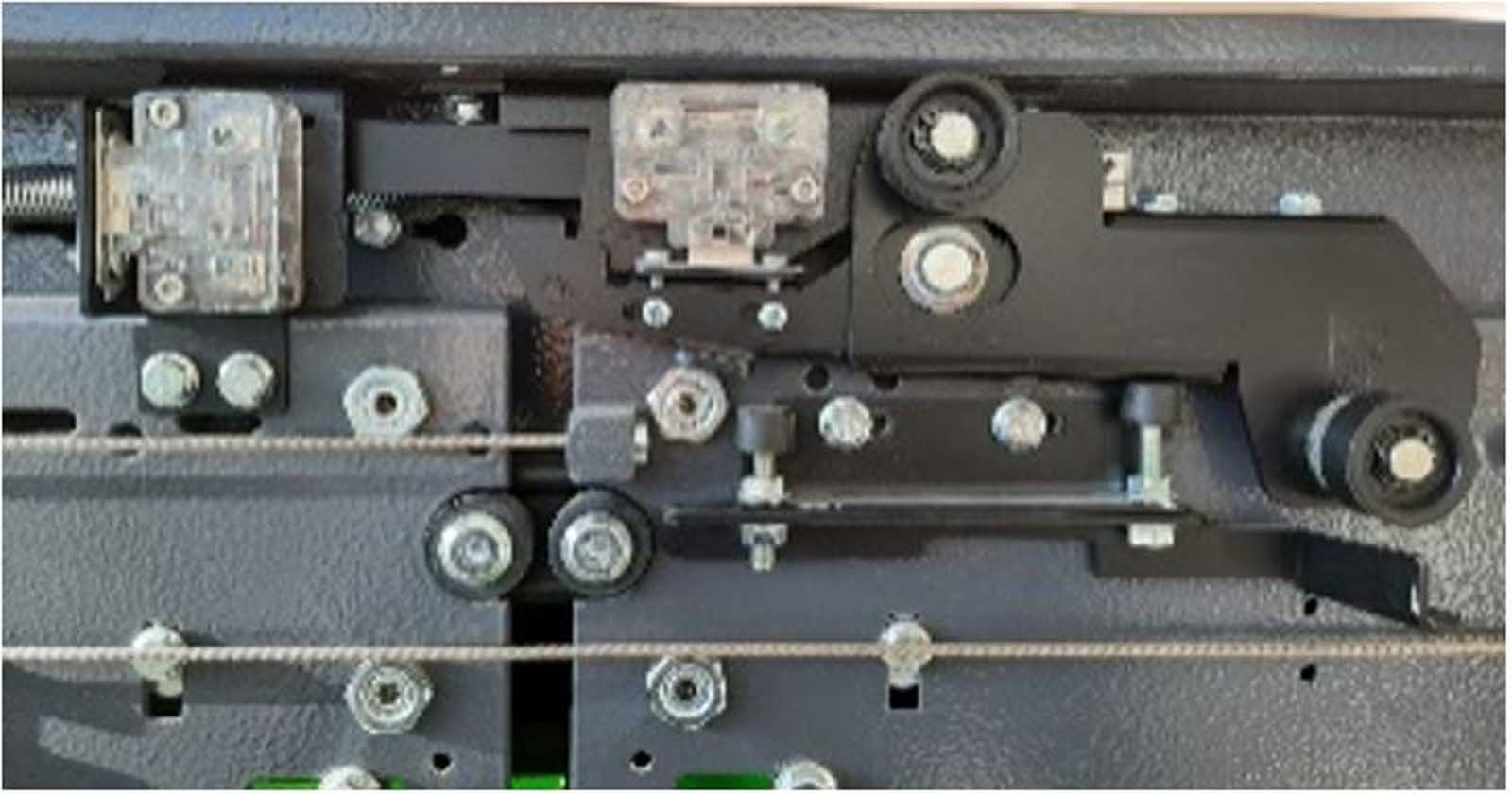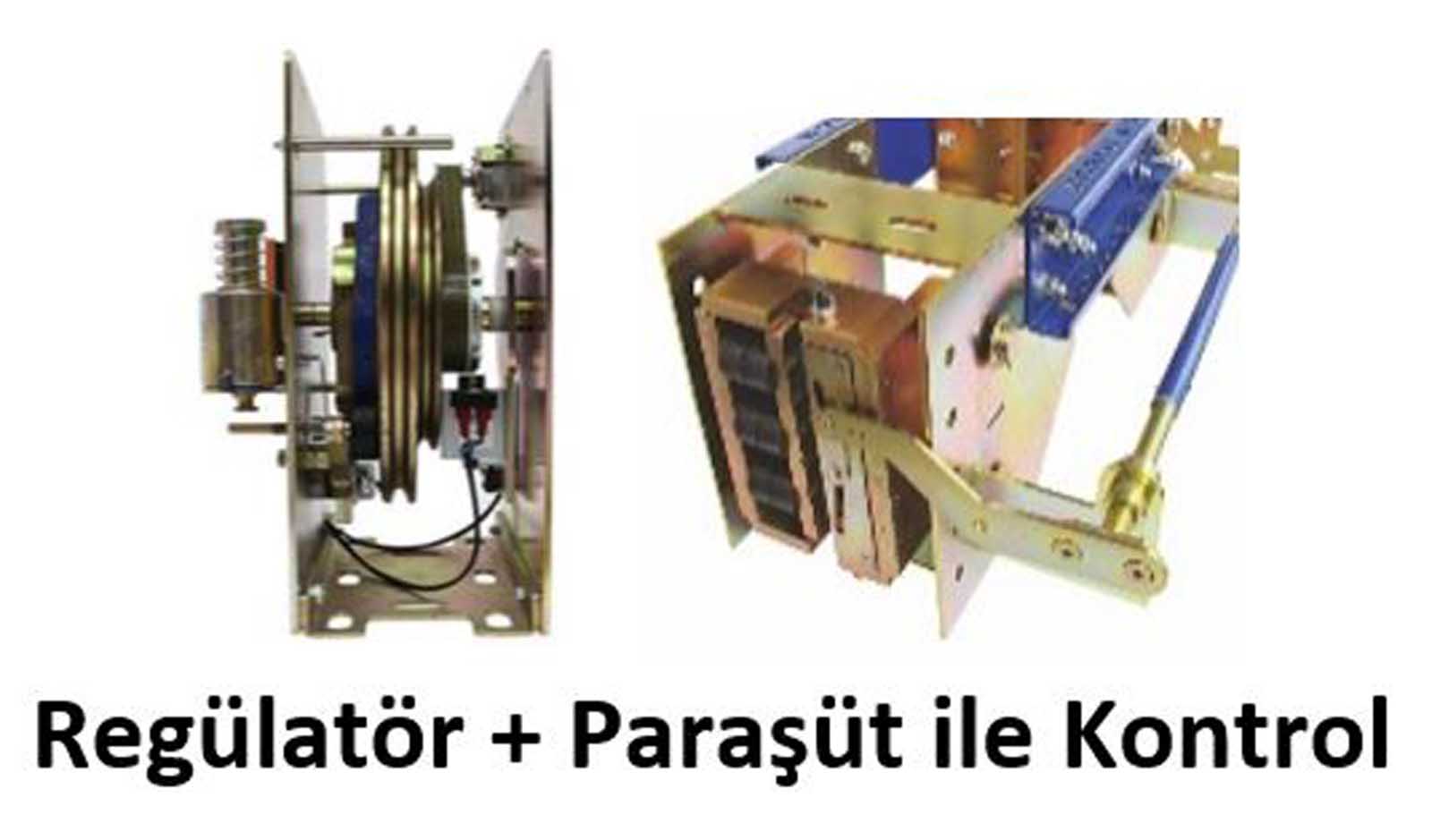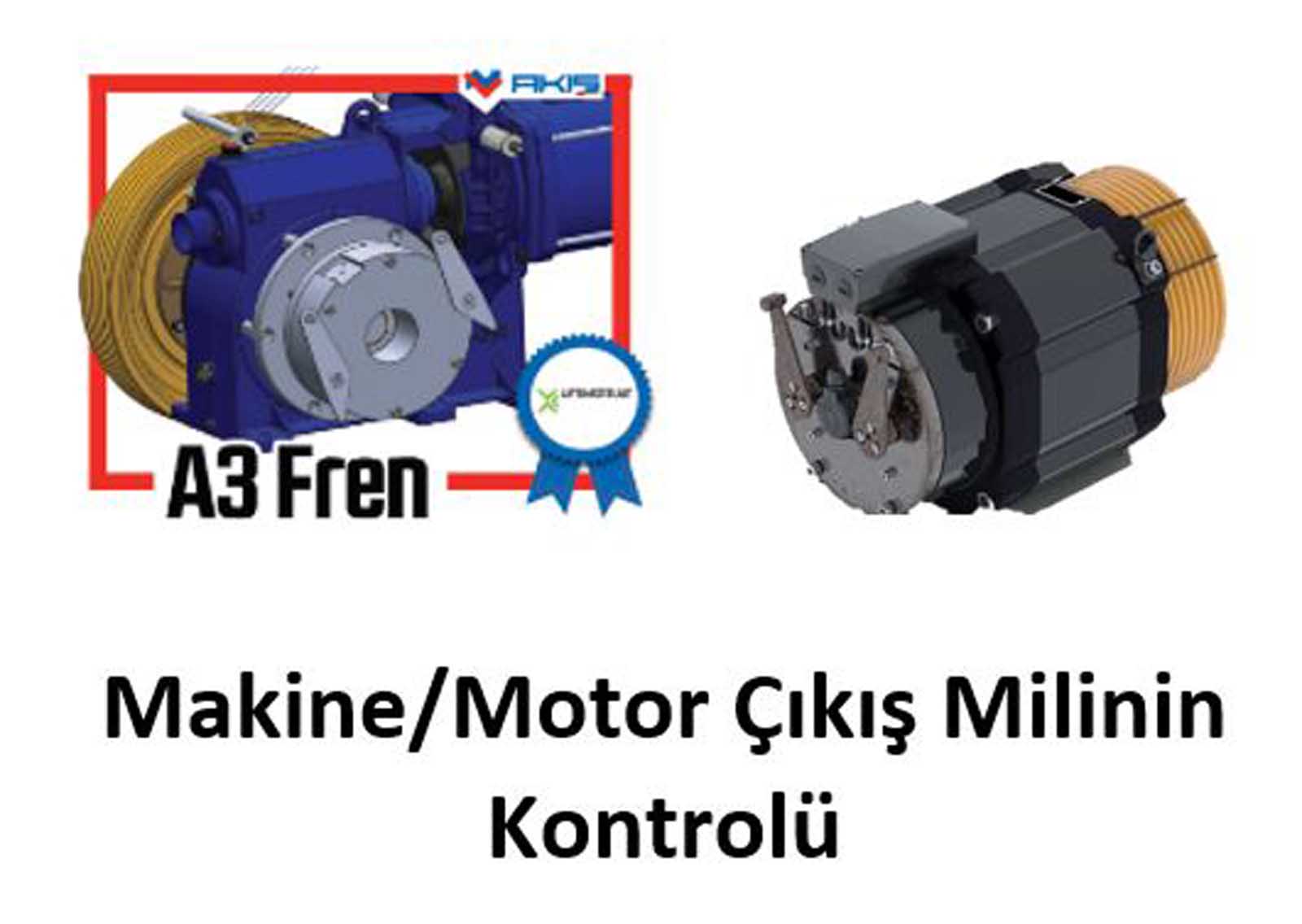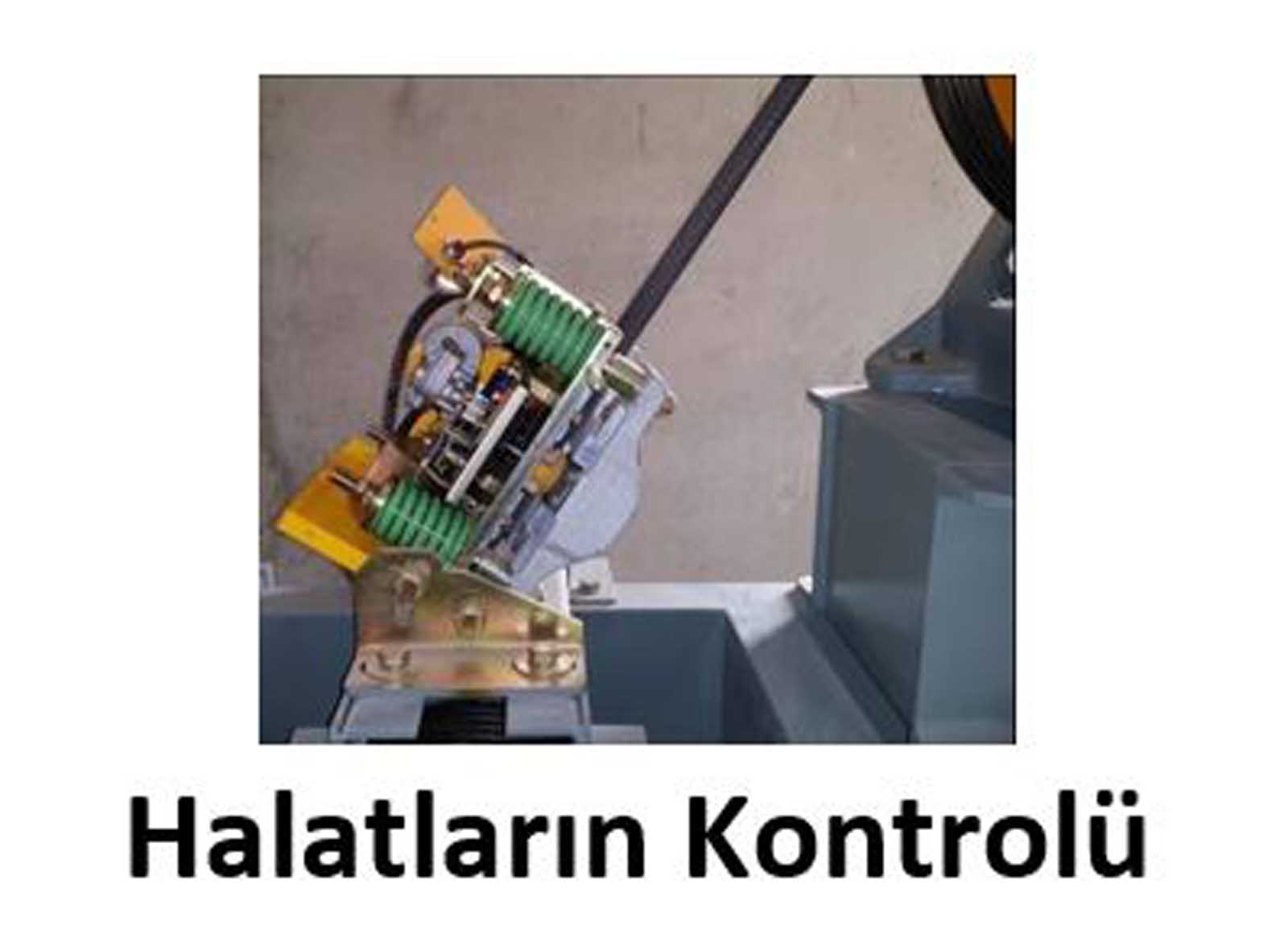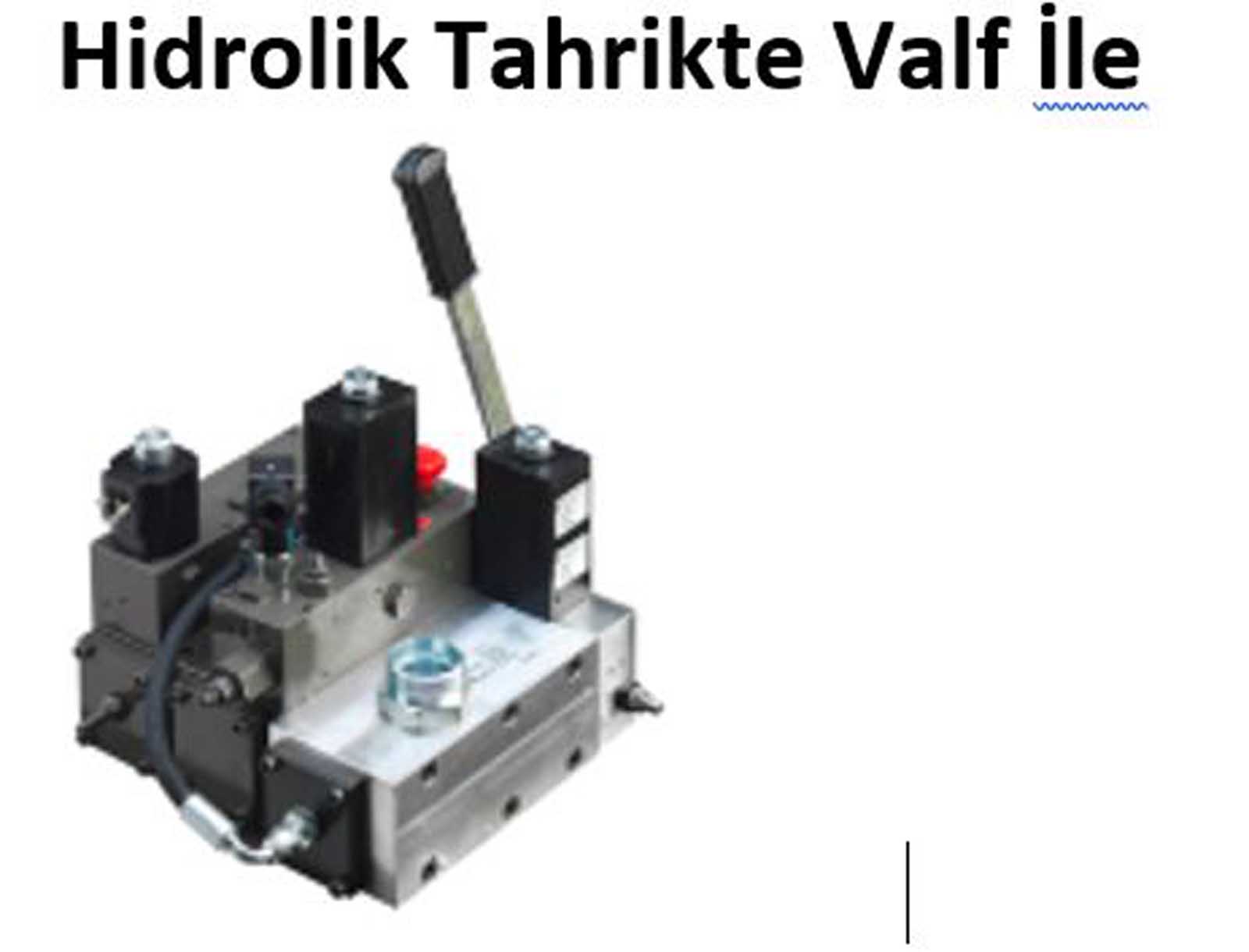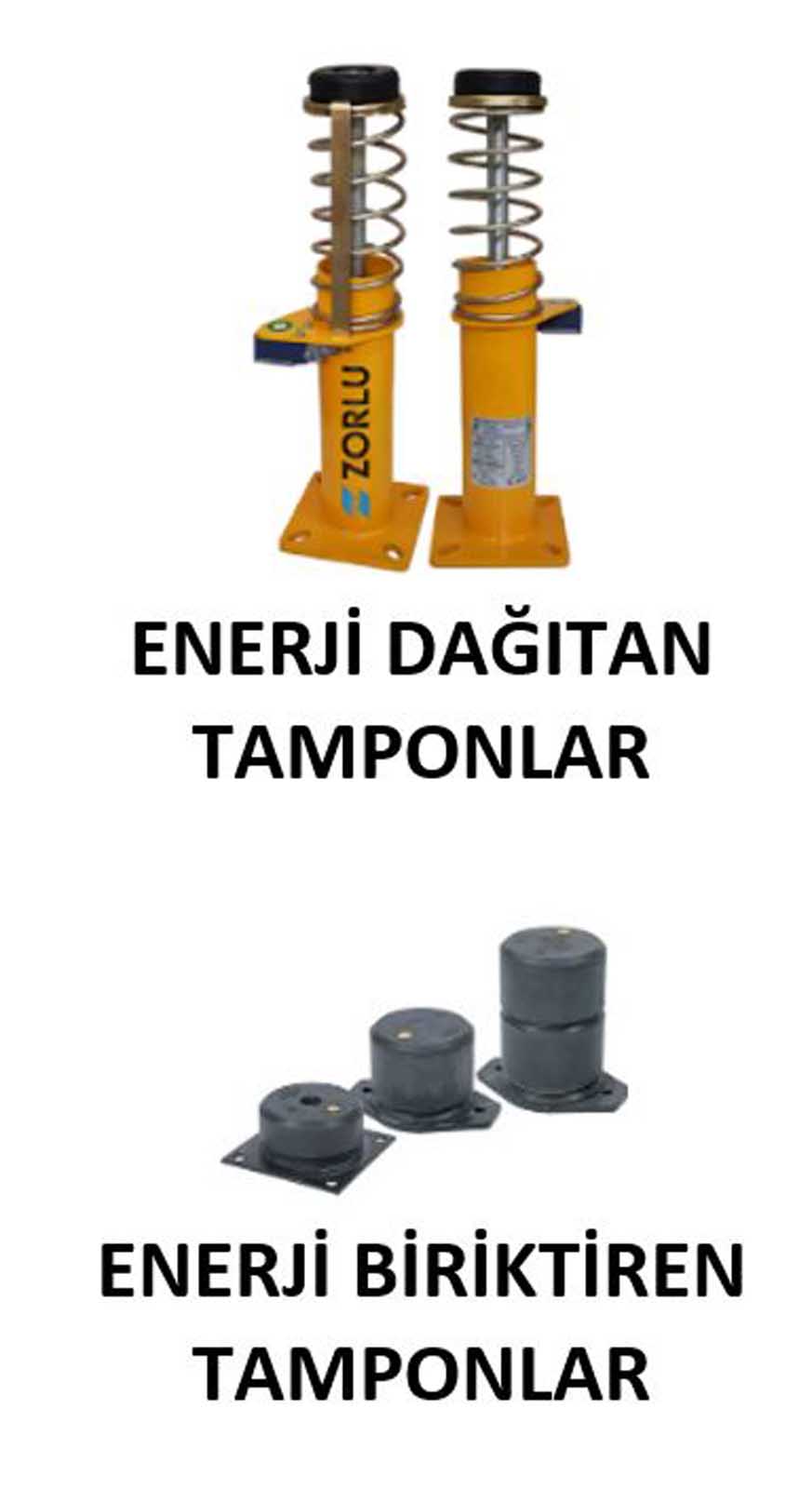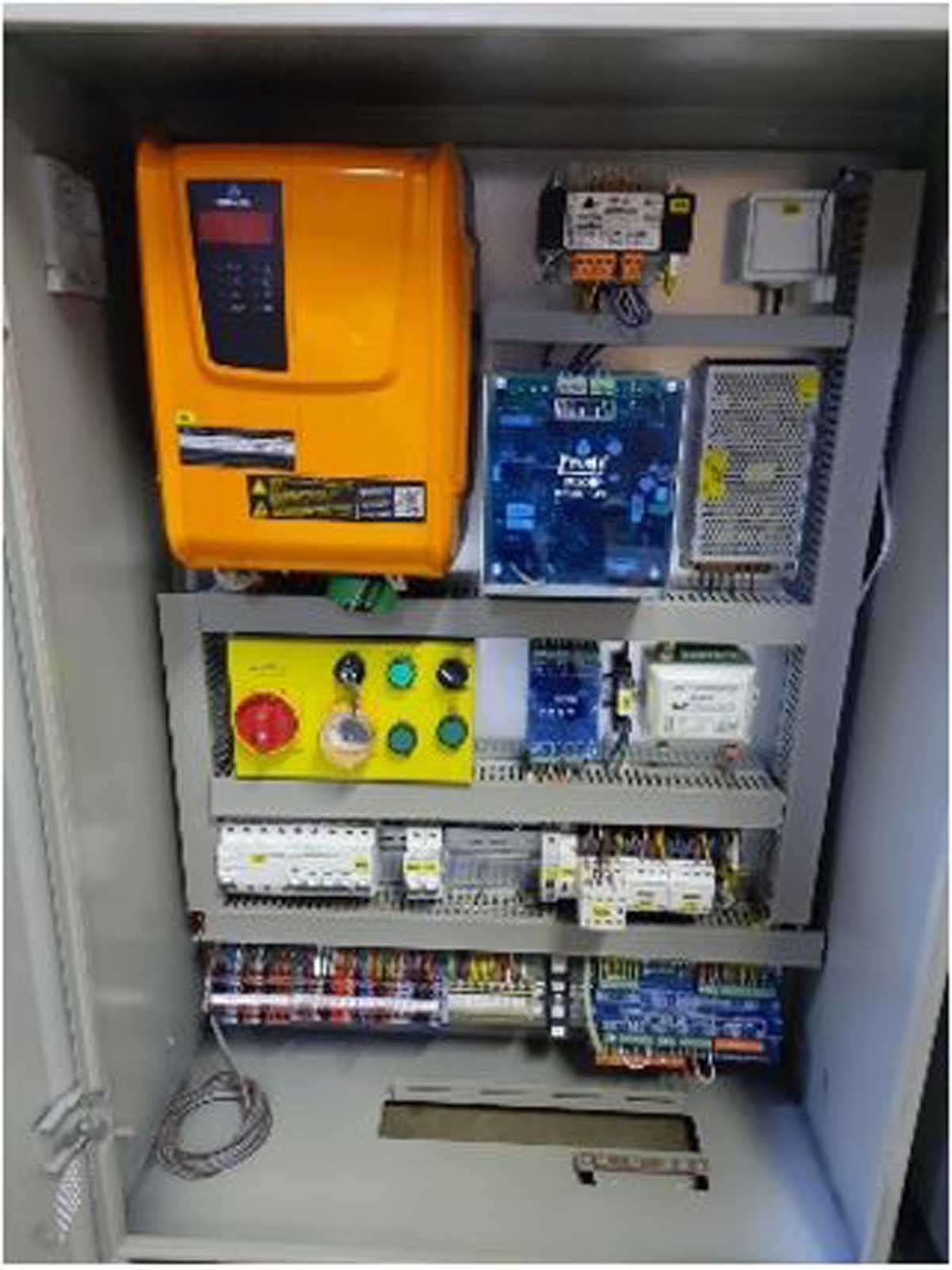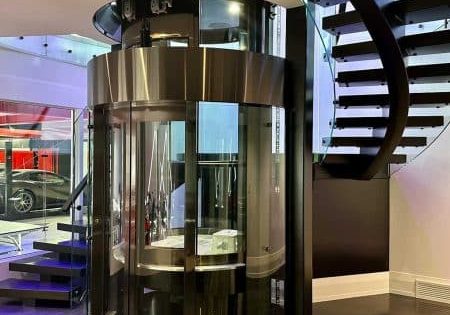Selçuk Gençol & Muharrem Bilge Çakırer
Following the lift accidents that have occurred in our country in recent months, the reliability of lifts has become a subject of discussion again. These accidents are in the past, and the past should only be criticized to take lessons and shed light on the future. In this article, after looking at the basic criteria in the legislation regarding lift safety, we will evaluate what can be done to prevent lift accidents in construction works based on the lift accidents that occur.
2014/33/EU Lift Regulation, which does not define the Basic Health and Safety Requirements of Lifts, was published in the Official Gazette dated 29.06.2016 and numbered 29757. The purpose of this regulation is stated in Article 1 as follows; “To determine the basic health and safety requirements that lifts and lift safety components must meet, the conditions for supplying such products to the market, and the principles of market surveillance and control.”
Lift safety components as part of the regulation and the lift they constitute must meet the basic health and safety requirements in Annex-I of the regulation.
The main headings of these requirements defined in Annex-I are as follows:
- 1. General
- 1.1. Implementation of Machine Safety Regulation (2006/42/AT)
- 1.2. Carrier
- 1.3. Suspension and support types
- 1.4. Control of load (including excessive speed)
- 1. 5. Machine
- 1.6. Controls
- 2. Dangers for those outside the car
- 3. Dangers for those inside the car
- 4. Miscellaneous dangers
- 5. Marking
- 6. Instructions
Besides, in the Regulation’s Annex-III, the list of lift safety components was defined. These are:
- 1. Locking mechanism for the stop doors,
- 2. Mechanisms that prevent falls (prevent the car from falling or moving uncontrolled) mentioned in the article 3.2 of Annex-I,
- 3. Excessive speed limiting mechanisms,
- 4. Buffers,
- 5. Safety gears connected to the lifters of hydraulic power circuits when used as devices preventing falls,
- 6. Electrical safety gears in the form of safety switches including electronic components.
Some of the articles in the “TS EN 81-20:2020” standard regarding the safety equipment listed in the 2014/33 Lift regulation was given below.
5.3.9 Locking and emergency unlocking of floor and car doors
5.3.9.1 Devices for locking floor doors
5.3.9.1.1 General
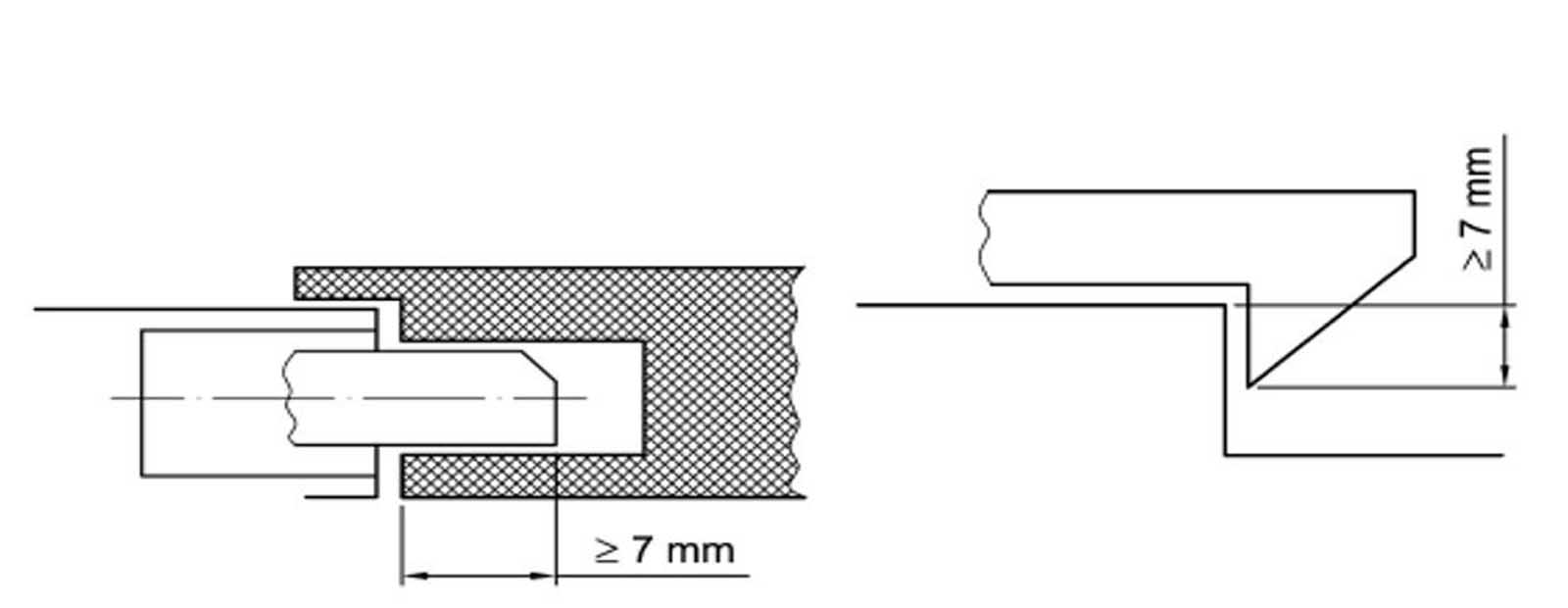
Each floor door must have a locking mechanism fulfilling the conditions of 5.3.8.1 (5.3.8.1 Protection against the risk of falling). This mechanism should be protected against intentional misuse.
Except for the exceptional cases of 5.12.1.4 and 5.12.1.8, effective locking of a floor door in the closed position must occur before the car moves. Locking should be confirmed with an electrical safety device in line with 5.11.2. 5.3.9.1.2 Electrical safety device must not be activated unless the locking elements engage by at least 7mm (see figure 12)
5.3.9.12 The locking device is accepted as a safety component and should be verified according to the requirements in 5.2 of EN 81-50:2020.
5.3.9.2 Devices for locking car doors
If the car door needs to be locked (see 5.2.5.3.1 c), the locking device must be designed to meet the requirements given in 5.3.9.1. This mechanism should be protected against intentional misuse. The locking device is accepted as a safety component and should be verified according to the requirements in 5.2 of EN 81-50:2020.
5.6 Precautions against free falling, excessive speed, unintended car movement and car sliding
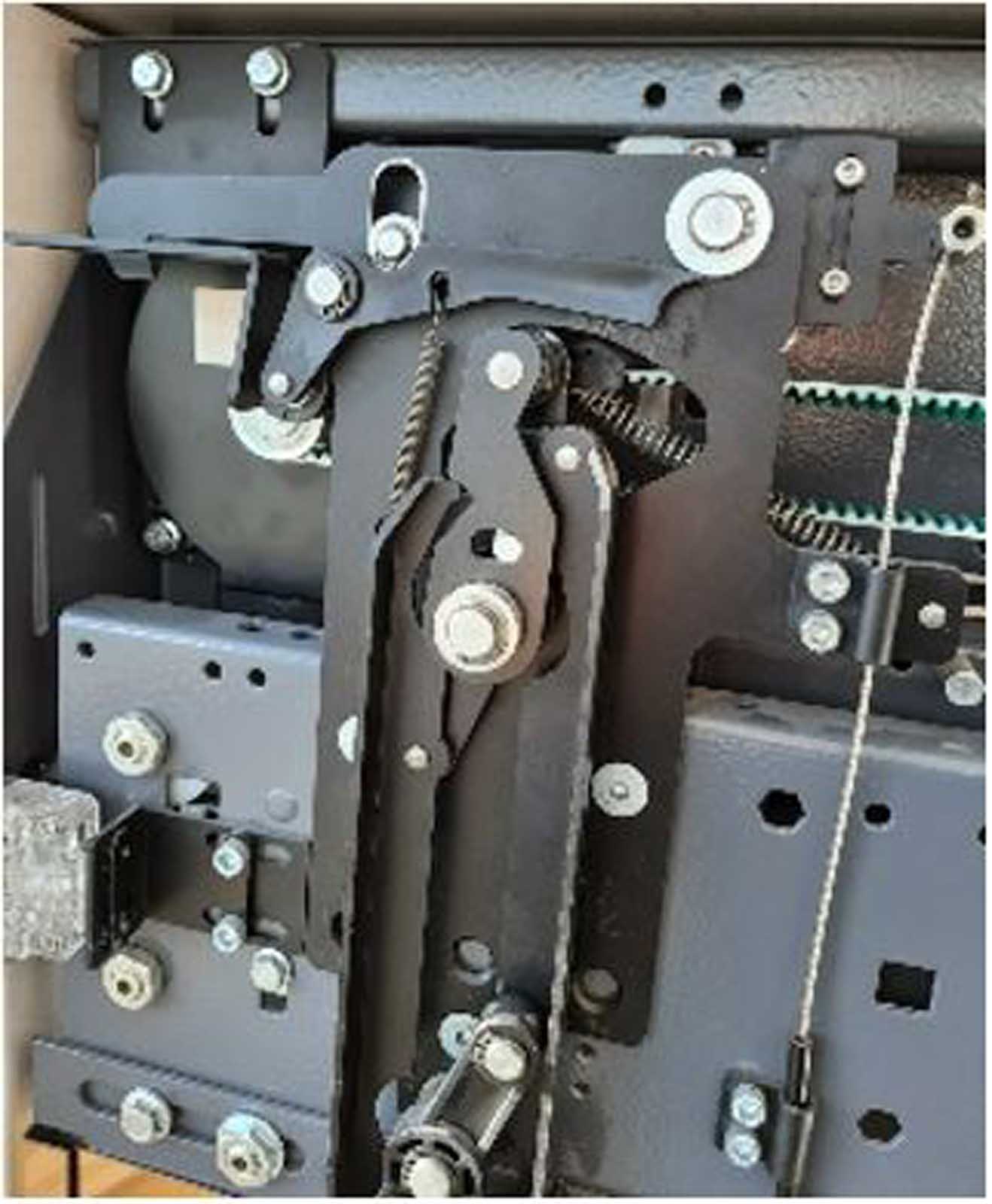

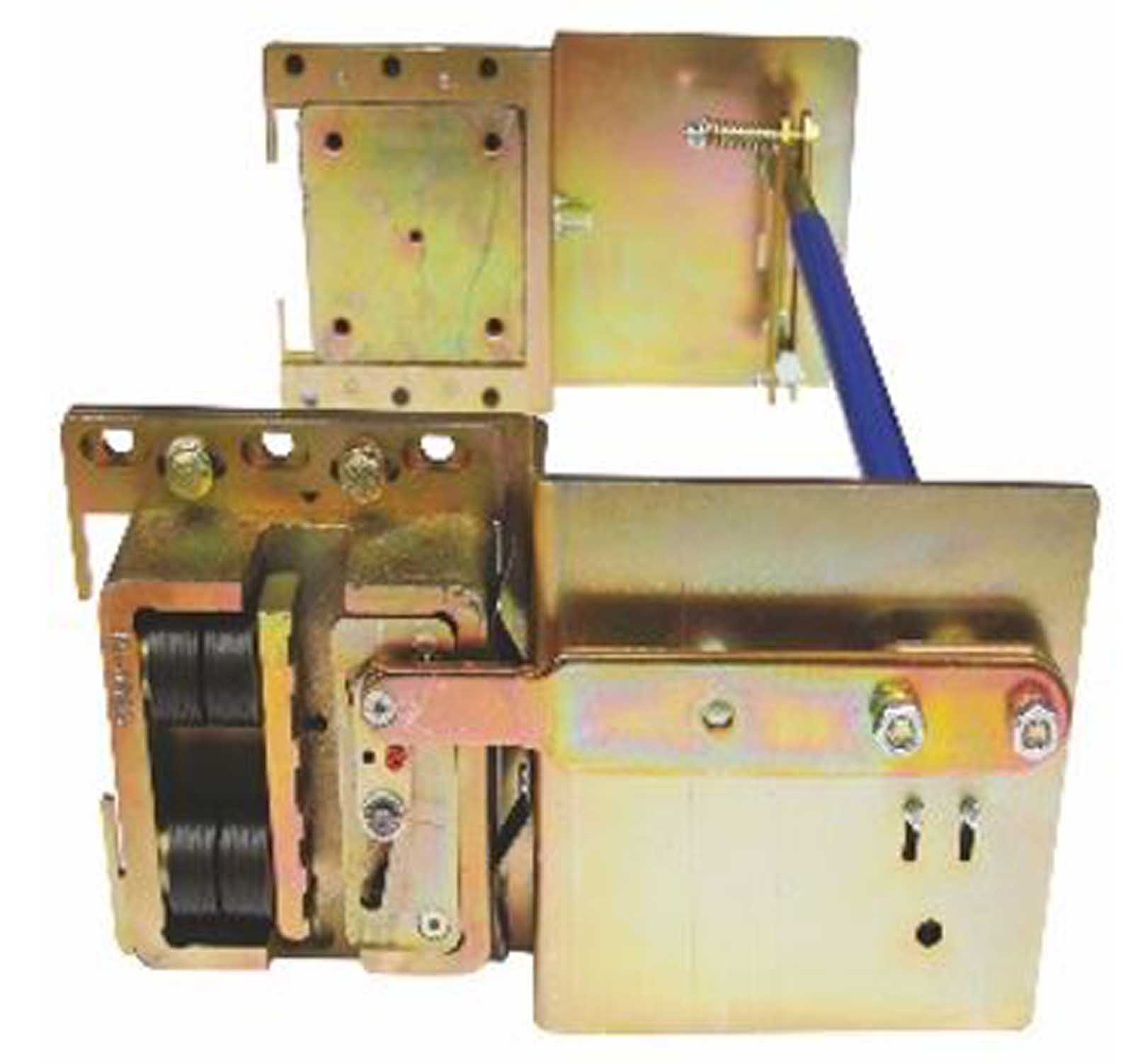
5.6.1-5.6.1.1 Devices or combinations of devices and their operation should be ensured to protect the car from:
- a) free falling;
- b) excessive speed downwards or excessive speed upwards and downwards in the case of rope-driven lifts;
- c) unintended movement when the doors are open;
- d) sliding from the floor level in the case of a hydraulic lift.
5.6.2 Safety gear and its operation tools
5.6.2.1 Safety gear
5.6.2.1.1.1 The safety gear must be operable in the downward direction and must be capable of stopping a car carrying the rated load or a counterweight or balancing weight at the speed at which the speed regulator is activated or, if the suspension devices break, by grasping the guide rails and keeping the car, counterweight or balancing weight there. According to 5.6.6, safety gear with an additional function of upward operation can be used.
5.6.2.1.1.3 Safety gear is accepted as a safety component and must be confirmed according to requirements in 5.3 of EN 81-50:2020.
5.6.2.2.1 Activation with speed regulator
5.6.2.2.1.1 General provisions
The following must be met:
- a) tripping of the speed regulator for safety gear must occur at a speed equal to at least 115% of the rated speed and less than:
- 1) 0.8 m/s for instantaneous safety gear, except fixed roller types, or
- 2) 1 m/s for fixed roller type safety gears, or
- 3) 1.5 m/s for progressive safety gears used for rated speeds not exceeding 1 m/s, or 4) 1.25v + 0.25/v for rated speeds exceeding 1 m/s in progressive safety gear; in m/s.
For lifts where the rated speed exceeds 1 m/s, it is recommended to select an activation speed as close as possible to the value required in paragraph 4. For lifts with low-rated speeds, it is recommended to choose a starting speed as close as possible to the lower limit specified in paragraph a. Speed regulators that use only friction traction to create locking force, as in paragraph b, must have channels with the following features:
- subjected to an additional hardening process or
- have an undercut form according to 5.11.2.2.1 of EN 81-50:2020.
5.6.2.2.1.7 The speed regulator is accepted as a safety component and must be verified according to requirements in 5.4 of EN 81-50:2020.
5.6.3 Rupture valve
5.6.3.1 The rupture valve must be able to stop the downstream moving car and keep it stationary. The rupture valve must be activated at the latest when the downward velocity reaches a value equal to the rated speed vd plus 0.3 m/s.
5.6.3.8 The rupture valve is considered a safety component and must be verified according to the requirements in 5.9 of EN 81-50:2020.
5.6.4 Restrictors
5.6.4.1 When there is a significant leak in the hydraulic system, the restrictor must prevent the speed of the downward-moving car at the rated load from exceeding the rated downward speed, vd, by more than 0.30 m/s.
5.6.4.6 A one-way restrictor using only mechanical moving parts is considered a safety component and must be verified according to the requirements in 5.9 of EN 81-50:2020.
6.6 Means of protection against excessive upward acceleration of the car
5.6.6.1 Vehicles incorporating elements of speed monitoring and speed reduction must detect the excessive speed of the car moving upwards (5.6.6.10) and cause the car to stop or at least reduce the speed of the car to the value for which the counterweight buffer is designed. Tools must be active when:
- a) normal operation;
- b) in the case of a manual rescue operation, when the machine cannot be directly observed visually or the speed is not limited by other means to less than 115% of the rated speed.
5.6.6.11 The overspeed protection devices of the upward-moving car are considered a safety component and must be verified according to the requirements in 5.7 of EN 81-50:2020.
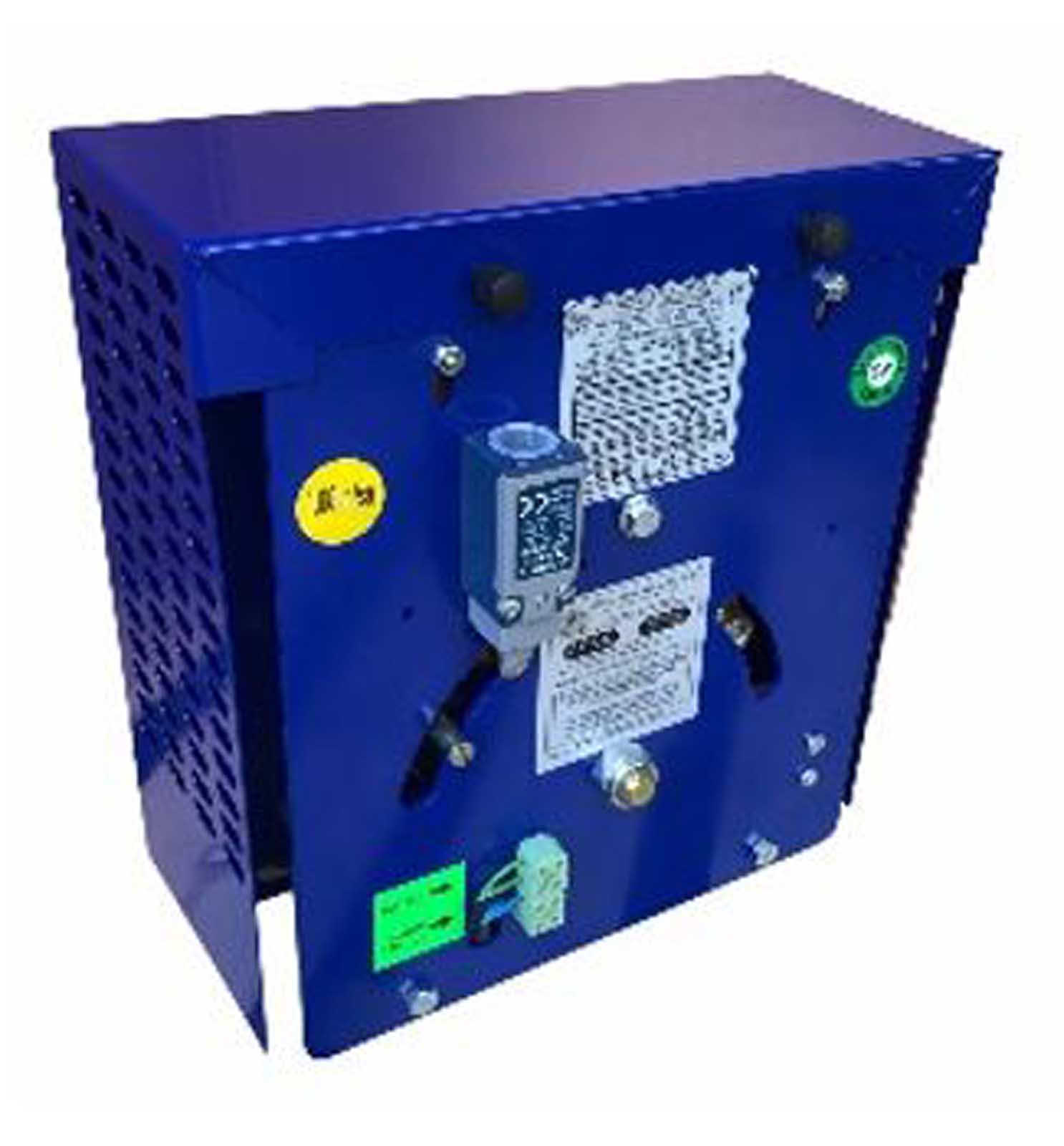
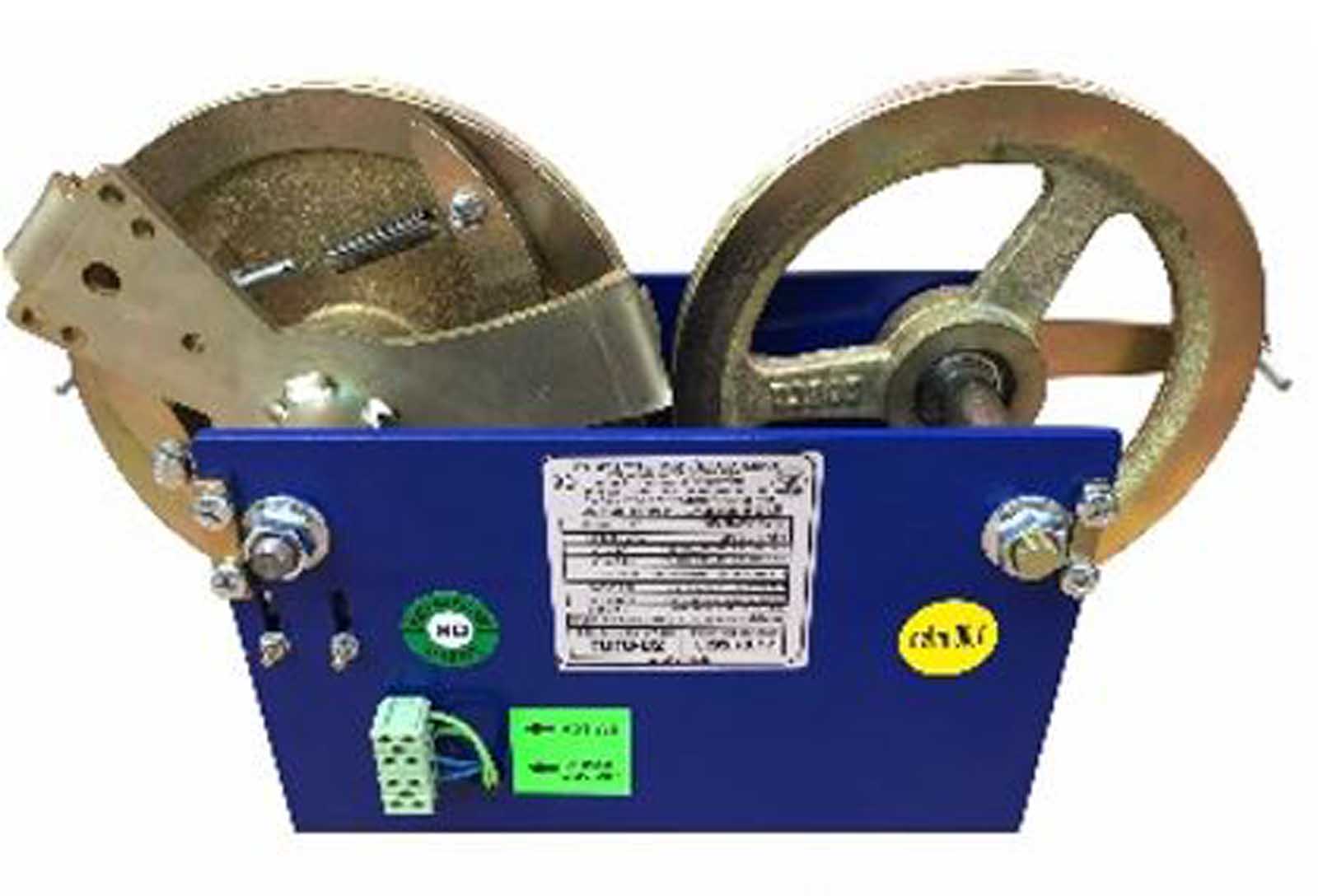
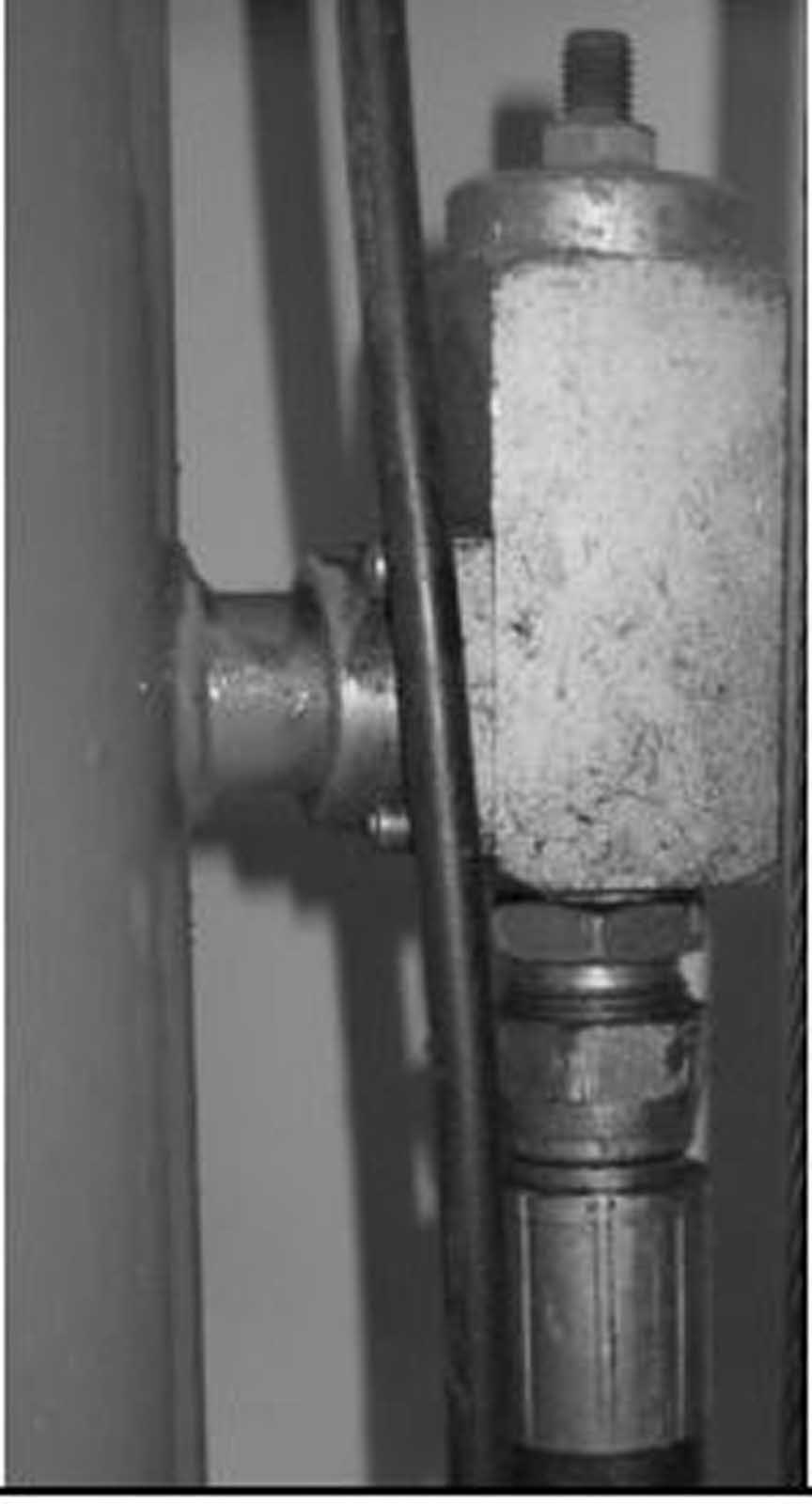
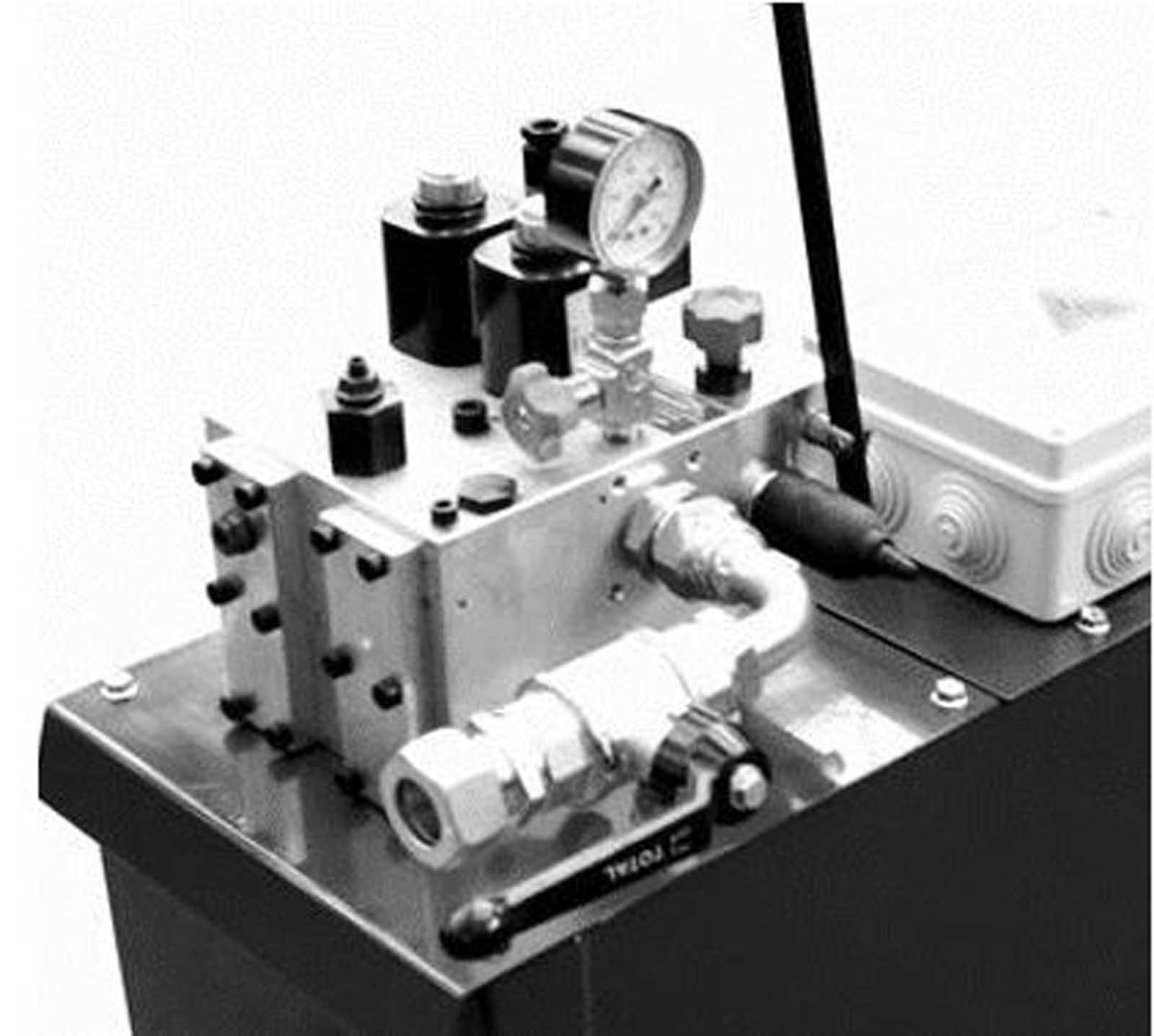
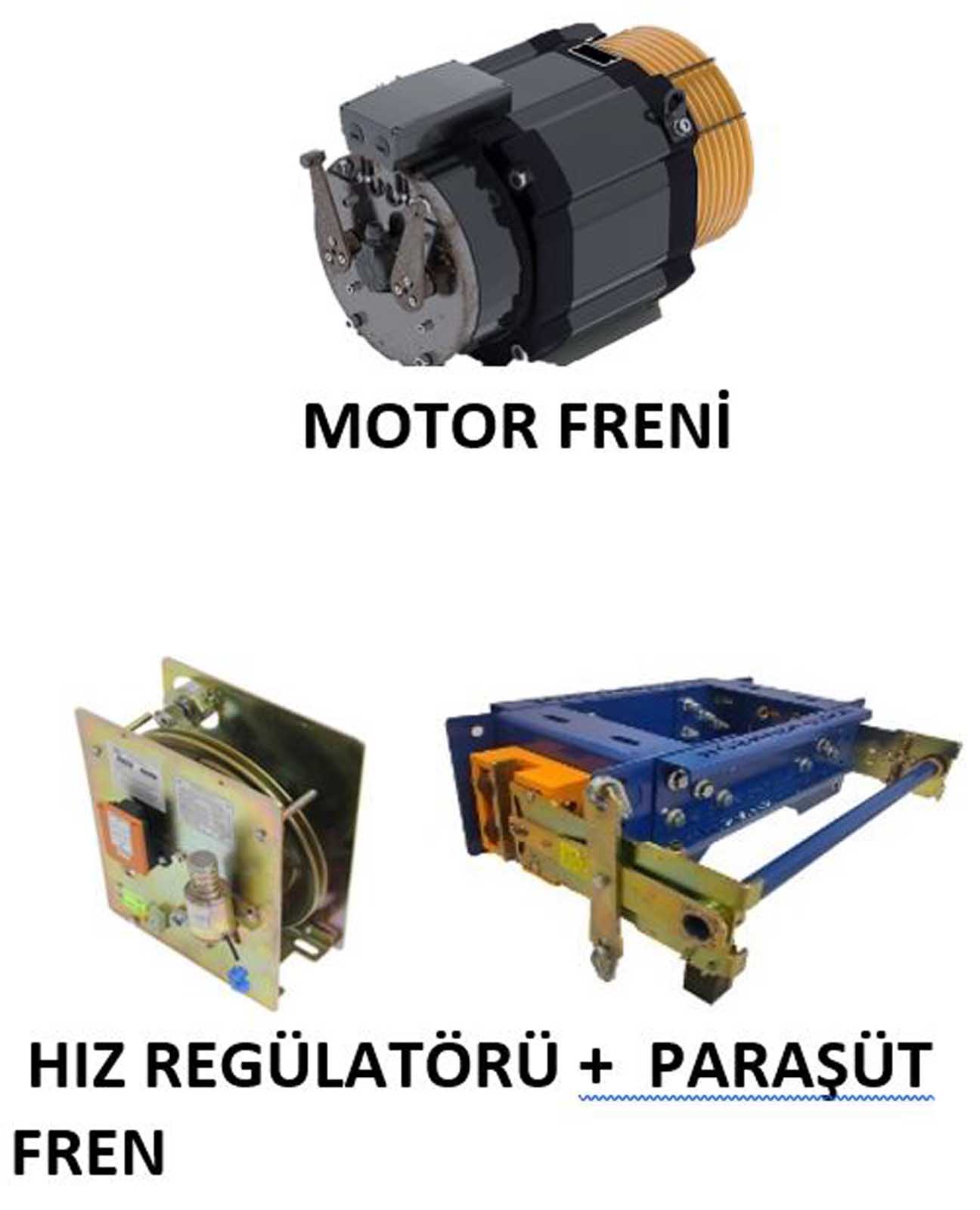
5.6.7 Protection against unintended car movement
5.6.7.1 Lifts must be equipped with a means to prevent or stop unintended car movement away from the floor, when the floor door is not in the locked position and the car door is open because of any single failure of the lift machine or the drive control system on which the safe movement of the car depends. Malfunctions of the lift machine’s suspension ropes or chains, traction sheaves or drums or gears, flexible hoses, steel piping and cylinder are excluded. Traction sheave failures include sudden loss of traction capability.
5.6.7.13 The means of protection from unintended movement of the car with the door open is considered a safety component and must be verified according to the requirements in 5.8 of EN 81-50:2020.
5.8 Buffers
5.8.1.1 Lifts must be equipped with buffers at the lowest limit of the travel of the car and the counterweight.
5.8.1.2 – In addition to the requirements of 5.8.1.1, positive traction lifts for operation at the upper travel limit shall be equipped with buffers at the top of the car.
5.8.1.5 Energy-accumulating type buffers with linear and non-linear properties should only be used if the rated speed of the lift does not exceed 1 m/s.
5.8.1.6 Energy-dissipating type buffers may be used regardless of the rated speed of the lift.
5.8.1.7 Buffers of the energy-accumulating type and buffers of the energy-dissipating type with non-linear properties are considered safety components and must be verified according to the requirements in 5.5 of EN 81-50: 2020.
5.9.2.2 Brake system
5.9.2.2.1.1 The lift must have a braking system that is automatically activated in case of the following losses:
- a) power outage in the network;
- b) interruption of power supply of control circuits.
5.9.2.2.2 Electromechanical brake
5.9.2.2.2.1 This brake must be able to stop the machine on its own when the car is moving downwards at the rated speed with 25% more than the rated load. In such conditions, the average deceleration of the car must not exceed the deceleration caused by the operation of the safety gear or the stop on the buffer. All mechanical components of the brake that contribute to the braking force on the braking surface must be installed in sets of at least two. If one of the brake sets does not work due to the failure of a component, sufficient braking must continue to be applied to slow down, stop and keep the car motionless, which is moving downward with the declared load at the rated speed and moving upward when empty at the rated speed. A solenoid shaft is considered a mechanical part, but the solenoid winding is not.
This device is accepted as a safety component and should be verified according to the requirements in 5.6 of EN 81-50:2020.
5.9.3.4 Stopping the machine and control of stopping status
There must be an electrical circuit that stops the electric motor in up and down directions.
This device is accepted as a safety component and should be verified according to the requirements in 5.6 of EN 81-50:2020.
5.11.2.3 Safety circuits
5.11.2.3.4 Safety circuits containing electronic components are considered safety components and must be verified according to the requirements in 5.6 of EN 81-50:2020.
- According to TS EN 81-20, article 5.3.5.3, lift doors are required to be subjected to pendulum tests, and the doors are required to be able to withstand these tests mechanically. It is observed that some of the lift accidents are caused by the passenger on the floor falling into the shaft as a result of the separation of the door panels in the threshold area due to the impact of hitting the door. Although questioning the resistance of the doors to the pendulum tests mentioned in lift inspections is a useful development for reducing the risk of accidents, what should actually be questioned is the fact that the company’s declaration that it has carried out the relevant tests is sufficient. It is a complete mystery how many of the door-manufacturing companies carry out such tests and how many of them have the necessary laboratories or environments for testing.
- According to the Industry Report on Lifts data published in 2022, 33% of the total 713,502 lifts that were periodically inspected in 2021 were given a red label (meaning that the lift was seriously defective), 7% were given a yellow label, 43% were given a blue label and 17% were given a “green label” (meaning that the lift was safe). Although it is emphasized that the number of lifts with “red tag” decreases as a percentage from year to year, the report also highlights that one in every three lifts is so severely defective that it cannot be used. Besides, not disrupting annual periodic lift inspections and ensuring the continuity of inspections that detect situations that may cause an accident, sanctions on those responsible for negligence will prevent the recurrence of events that could pave the way for an accident.
- As lifts require detailed calculations, design, regulatory knowledge and R&D work, they are an engineering subject in themselves. However, it is known that the employment of engineers in the sector is generally done on paper, and the diplomas of retired engineers are used in several lift installation companies. One of the shortest ways to ensure maximum safety at all stages, from the design of the lift to its commissioning, is to employ and train competent engineers who are familiar with national and international legislation and to refresh the knowledge and experience of the employees through training to be held at regular intervals.
- It is understood that a significant portion of lift accidents are caused by panicked people trapped in the lift trying to escape from the lift by their own means. One way to prevent this could be to design a panoramic lift car. Having a panoramic lift or choosing glass doors will reduce the risk of passengers panicking and will help people stuck in the lift communicate with people outside the lift, allowing rescue efforts to be carried out more efficiently.
- Keeping regular records of lift accidents is quite important to improve the work performed to prevent accidents. In addition to the responsibilities of employers in this regard, institutions and organizations liable for supervision also have responsibilities. Again, per the Regulation, all inspection and inspection activities performed in the lift must be recorded in the Lift Logbook.
- It is observed that some lift accidents are caused by the victims falling into the shaft by stepping through the opened door, thinking that the lift has reached the floor. In this respect, it is very important to use mirrors in the car for lift safety. That way, when the user calls the lift and the door opens, they will see themself in the mirror and get into the lift safely. That’s why attaching the warning “Do not get into the car without seeing the lift!” on the lift doors is important. However, in addition to attaching warnings, we consider it necessary that an authorized organization create public service announcements about the safe use of lifts and inform people about safety at the maximum level.
- Not performing “preventive maintenance” work regularly, in other words, only bringing up a maintenance issue when a malfunction occurs, will increase the risk of lift accidents as it will cause the equipment to deteriorate quickly. Regular lift maintenance is advantageous in the long term and, more importantly, an essential investment tool for the safety of life and property.
The scope of maintenance in TS EN 13015 standard includes the following:
- Lubrication,
- Controls,
- Passenger saving operations,
- Installation and adjustment procedures,
- Repair and replacement of worn components. For maintenance to be carried out more easily and effectively, maintenance companies should create maintenance instructions and checklists and apply them meticulously, which will minimize the risk of accidents.
- Modernization of lifts enhances safety. Lifts need to be replaced every 20 years due to wear and tear. In other words, the average lifespan of a newly built lift is 20 years. However, old lift parts/systems also need to be renewed.
- Besides training the lift assembly workers on occupational safety issues related to the sector, as well as training employers on management systems related to occupational safety principles and occupational safety, increasing the number and surveillance effectiveness of labor inspectors experienced in lift accidents will be of great benefit in preventing accidents. On the other hand, constantly monitoring the competencies of Notified Bodies that have the authority to issue certificates will ensure that lifts are safer and therefore reduce the risk of accidents.
As we have highlighted with some of the items above, lifts that are designed, installed and regularly maintained per legislation are among the safest machines in the world. However, it should not be forgotten that efforts to ensure occupational safety are a measure of the value placed on human life, and sometimes a quite simple and inexpensive measure saves the life of a working person. Let’s end with a quote attributed to Genghis Khan: “Don’t underestimate a nail. A nail saves a horseshoe, a horseshoe saves a horse, a horse saves a commander, a commander saves an army, and an army saves a whole country.”
Reference
1) 2014/33/AB Asansör Yönetmeliği (29/6/2016 tarihli ve 29757 sayılı Resmî Gazete)
2) TS EN 81-20/-50
3) Asansör Sektör Raporu-2021, Sanayi Genel Müdürlüğü, 2022
4) TS EN 13015
5) Yapı İşlerinde Asansör Kazaları ve Güvenlik Önlemleri, M.Özgür ÜNAL ve Bengi AYKAÇ, 2010
Get more of Elevator World. Sign up for our free e-newsletter.
